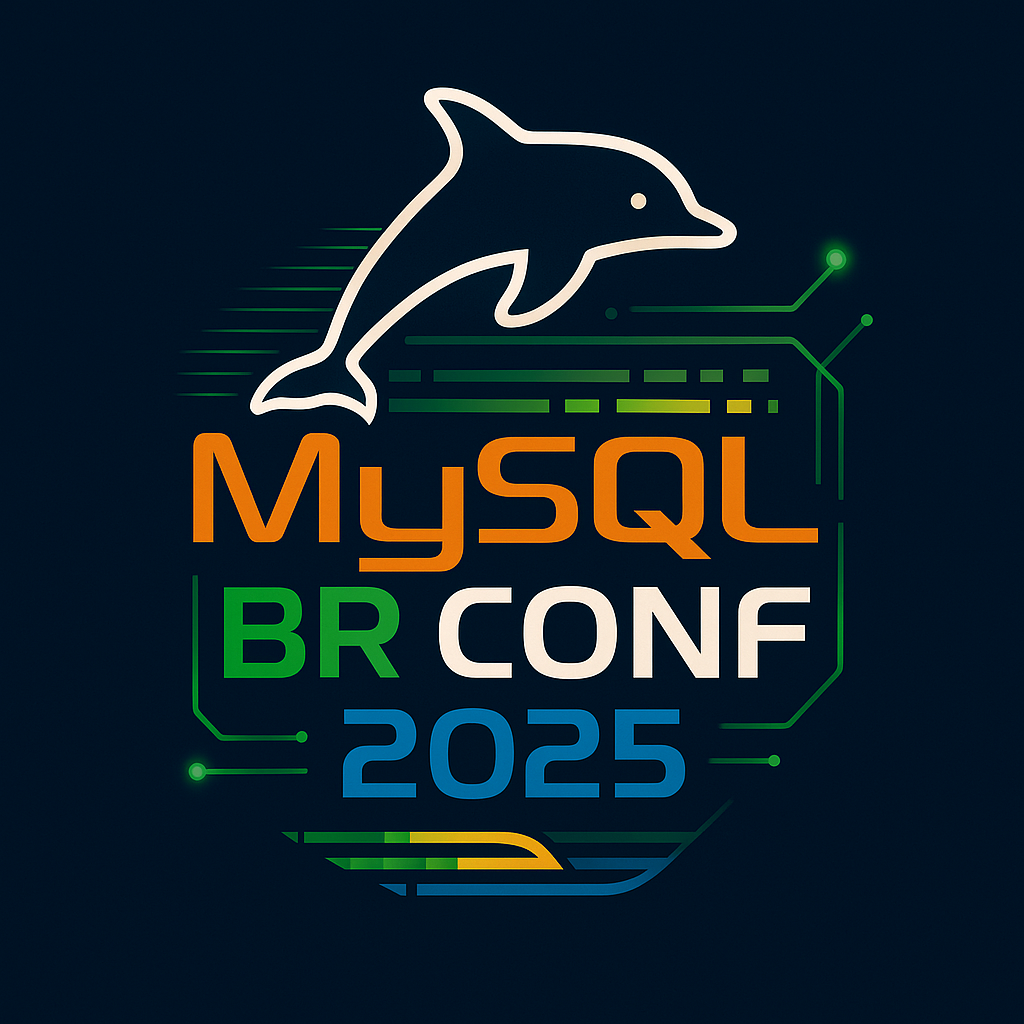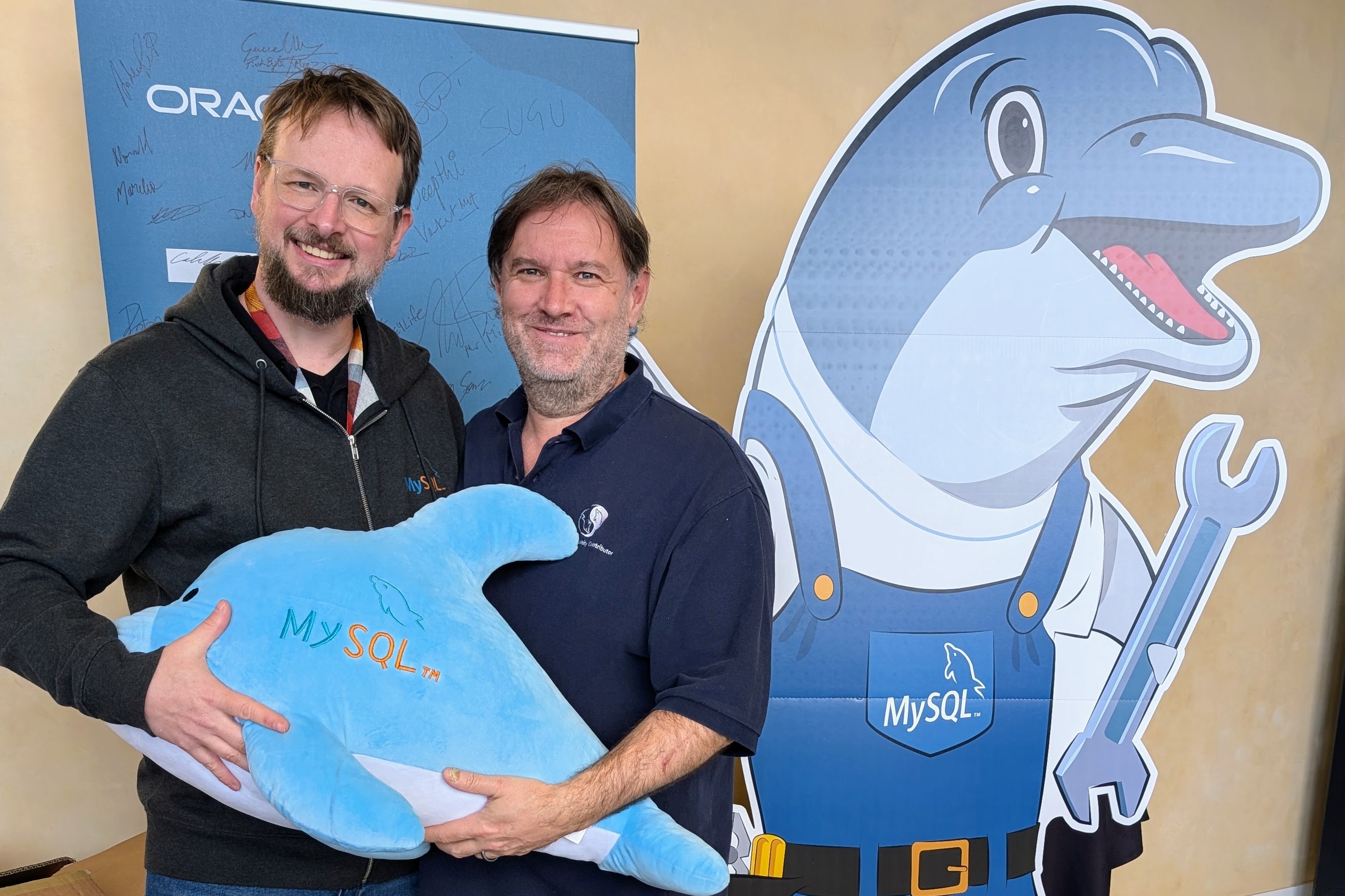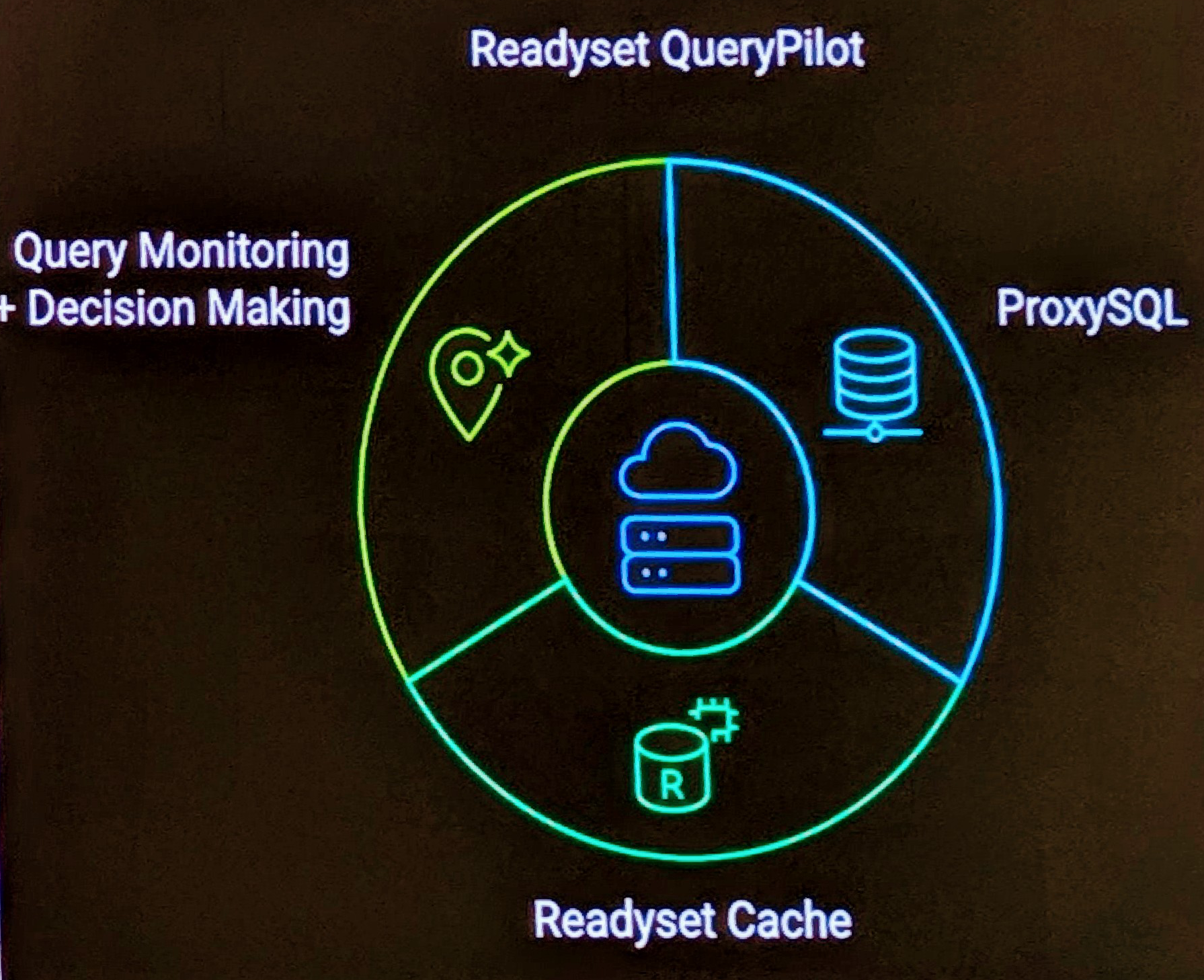Following my first OpenStack Summit in Vancouver 4/2015 it was time to become involved with contributing to OpenStack.
I have lurked around the mailing lists and several IRC channels for a few weeks and familiarized myself with OpenStack in varying forms including devstack , the free hosted Mirantis Express and the VM version, Ubuntu OpenStack , and even building my own 3 physical server cloud from second hand hardware purchased on eBay.
There are several resources available however I suggest you start with this concise presentation I attended at the summit by Adrian Otto on “7 Habits of Highly Effective Contributors” (<a href="slides , video ).
You should also look at contributions from existing developers by looking at current code being submitted for review at https://review.openstack.org . I spent several weeks just looking at submissions, and I look at new submissions most days. While it does not always make sense (including a lot initially) its important to look at the full scope of all the projects. It is extremely valuable to look at how the review process works, how others comment on contributions, and look at the types of patches and code changes that are being contributed. There are a number of ways of not doing it right which can be discouraging when you first start contributing. The following links are vital to read, and re-read.
Individual projects also have various information, for example Magnum’s Ways to Contribute .
The benefit of observing for some time is you can be better prepared when you start to contribute. I was also new to how unit testing and automated testing worked in Python (about 7th on my list of known languages), and so learning about running OpenStack tests with tox and understanding the different OpenStack tox configs were valuable lessons, helped by feedback of OpenStack developers on the mailing list and IRC (If you have not looked at the 7 Habits presentation, now is a great time).
I took the time to find areas of interest and value which become more apparent after attending my first Design Summit. I even committed to assist in a design priority in the Magnum project as a result of my learning about how unit testing worked.
And if you write about your experiences another thing you can do is Add your blog to Planet OpenStack . I have received great feedback from the OpenStack community when writing about my first experiences.


